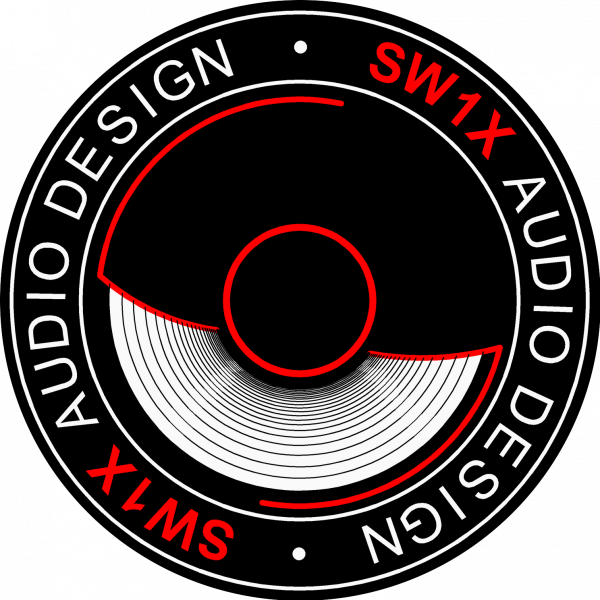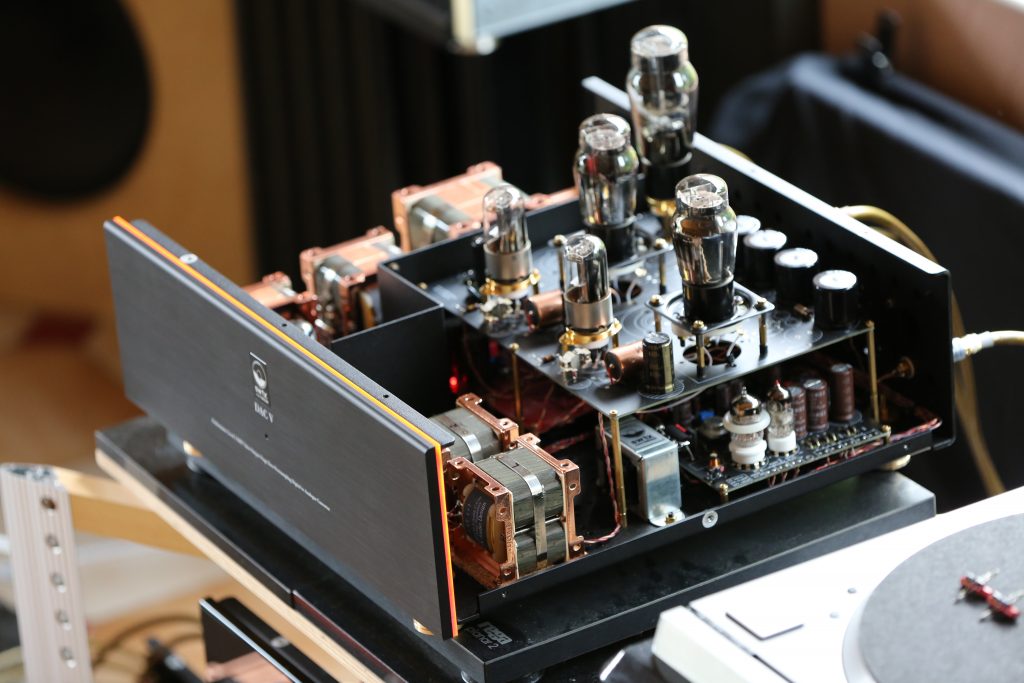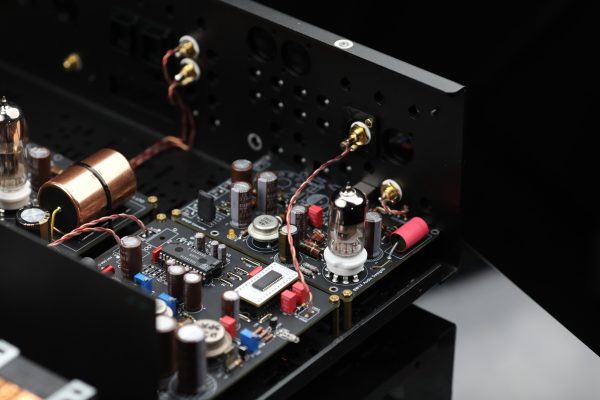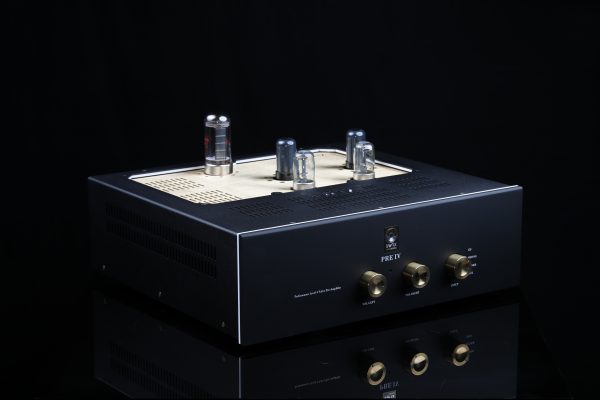Remote streaming vs Local playback
One of the reasons as why vinyl (local) playback can be so lively & convincing sounding is that the signal is not correctively processed, i.e. travels near instantly virtually unimpeded from any time domain manipulations from the groove of the LP to our eardrums. It is a local playback after all.
In an ideal world, the signal propagation containing musical information should occur unimpeded and information arrive in near instant fashion. Think of the effect of somebody kicking the kickdrum- waves travelling at the speed of sound from the drum to our eardrums- a near instant event when we stand close enough to the instrument. This more or less happens when we have an analogue playback vinyl or tape. The signal travels more or less unimpeded without change of amplitude to time relationship when everything stands close enough.
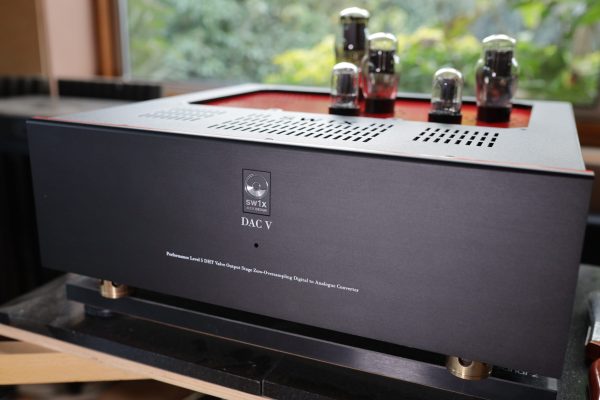
Similarly, in digital domain the signal does travel unimpeded because it is in the analogue domain and bound by the same laws of physics like anything else. However, the digital domain itself is dictated by the processes that occur inside it. The more processes occur on the digital side the more impedance it presents to the signal propagation. Any impedance to signal propagation due to bit-perfect corrective manipulation (caching, buffering and filtering) results in (tiny shifts pico, nano seconds delays) change of signal to time domain relationship. This the cost to pay for the data integrity.
When we have digital and playback is performed over streaming then signal is travelling impeded by the increasing number of corrective buffering or other implicit error-correction processes, which make sure that the received data is still bit perfect. However, every time (think of wi-fi router, x number of network switches & lines, HDD, SDD, USB and other transmitters & interfaces, etc.) error-correction ensures that 0s and 1s sent and received are indeed 0s and 1s, there is a tiny fraction of a pico/nano second delay or change in the time domain.
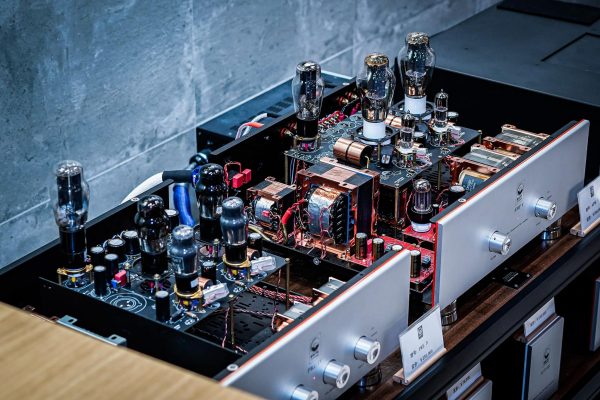
All those delays and variations in time domain sum up over distance. When time variations & delays occur, they tend to occur unevenly & randomly over time regardless what the transmission speed over the lines is. Altogether those tiny delays are small time domain deviations (mini jitters) are essentially distortions between the amplitude of a signal and its original time domain.
However, music by its very nature is an analogue signal borne from mechanical vibration, whether it is the vocal cord of a vocalist, string of a guitar or the skin of a drum. It is a time continuum from start to end which when broken is irreparably damaged and no amount of clever manipulation of the circuit design can restore it to its original time / frequency / amplitude duration relationship.
The larger the distance, the more the buffering & error-correction takes place, the more time domain distortion we get. Remote streaming has the highest potential of those time-domain distortions to take place. Time domain distortions are the mildest form of jitter. However they are equally or even more so devastating to musicality as their effect is beyond repair and no re-clocking (another time domain manipulation) can ever undo that.
Taking into account that the performance of music is defined by the strict relationship between signal amplitude and time. Our ears are very sensitive to signal-time domain distortions as they are to harmonics and frequency response. Any deviations here and we can instantly hear that something with timing is not right just like with the conductor in the movie Whiplash (2014).
Our DAC products are designed to minimize the distortion between the relationship of signal & time by intentionally omitting the digital filtering (re-clocking or any other explicit manipulation) of a signal in the digital domain. Digital filtering, re-clocking, up sampling & noise shaping are essentially all error-correction processes. And our DACs are free of that, essentially mimicking the analogue playback.
Key Points to remember:
For maximum musical performance & pleasure of audio reproduction sake the less of corrective processing (caching/buffering/filtering) of music containing data, the better. The issue of remote streaming vs local playback is rooted in the degree of corrective processes or the complete lack of it, which does not matter so much for music discovery purposes but is crucial for maximum performance i.e. maximum pleasure from reproducing music
- For casual background listening or for music discovery purposes, remote streaming is good enough
- For higher performance experience there is no way around local playback
In a nutshell, error corrective filtering and/or buffering is a nonlinear process, which is de facto involves error-correction (for bit perfect data stream) that alters the signal to time relationship. Since music is transmitted over the streaming data must be bit perfect but that data integrity comes at the cost. Any error- correction introduces time domain distortions and hence reduces precision and musicality that comes with it.
Dr. Slawa (SW1X) Roschkow, January 2022
Delta Sigma vs Non-oversampling (NOS) R2R DAC – Ultimate Guide
Read more at Technology
Follow us on Facebook, Instagram, YouTube and Pinterest. Join the official SW1X Club
